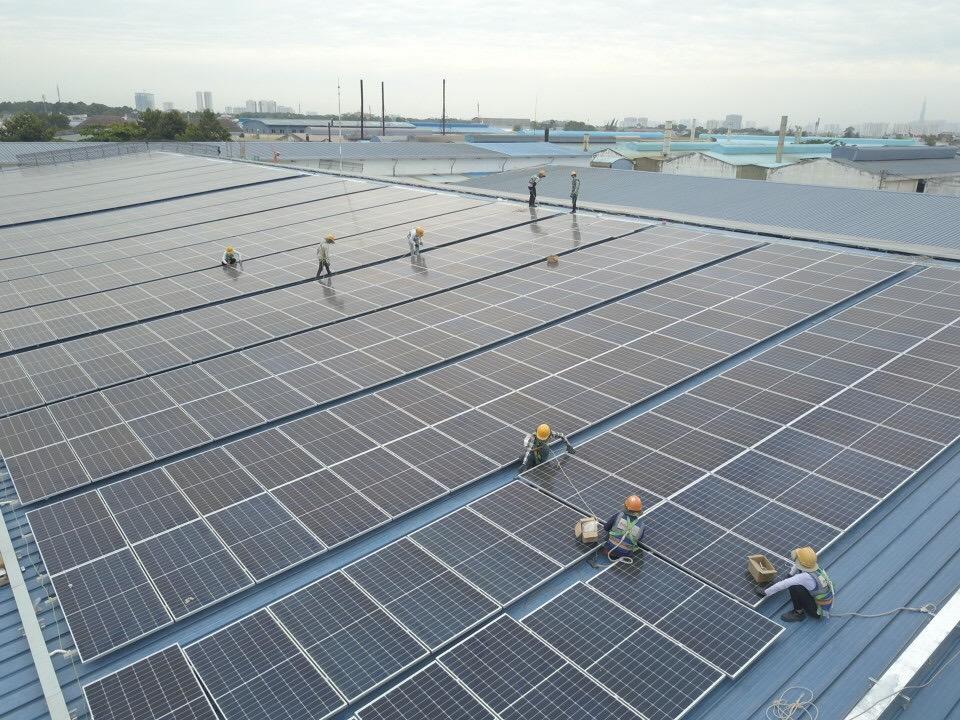Vietnam's Ministry of Energy has released its National Power Development Plan VIII for the 2021-30 period, which is designed to improve the country's energy security. The government plans to allocate $135 billion by deploying more power generation capacity and new grid capacity, including projects to connect the country's network with neighboring countries.
The government has announced plans to create conditions for deploying rooftop PV systems in at least half of the country's commercial and residential buildings through net metering, while stating that no further feed-in tariffs will be awarded in the future.
The plan also envisions Vietnam becoming an energy exporter by 2030, with electricity exports ranging from 5 GW to 10 GW. The government expects renewable energy to account for over 70% of the energy mix by 2050.
Vietnam has installed over 18.4 GW of PV capacity, primarily through a feed-in tariff scheme that supported small-scale and utility-scale installations. However, the government has not introduced an auction scheme since the expiration of the previous one. Instead, it has initiated a pilot scheme to facilitate bilateral power purchase agreements (PPAs) and open up the electricity market.
Under current regulations, the state-owned energy company Electricity Vietnam (EVN) monopolizes the transmission, distribution, wholesale, and retail of electricity, serving as the sole buyer in the market.
The National Power Development Plan VII has revised solar targets for the period up to 2045, aiming for 13.6 GW of utility-scale solar and 3.4 GW of rooftop solar. To compensate for the reduced solar generation, the plan incorporates the expansion of offshore and onshore wind energy, as well as the import of electricity from Laos.
This content is protected by copyright and may not be reused. If you want to cooperate with us and would like to reuse some of our content, please contact: editors@pv-magazine.com.




3 comments
By submitting this form you agree to pv magazine using your data for the purposes of publishing your comment.
Your personal data will only be disclosed or otherwise transmitted to third parties for the purposes of spam filtering or if this is necessary for technical maintenance of the website. Any other transfer to third parties will not take place unless this is justified on the basis of applicable data protection regulations or if pv magazine is legally obliged to do so.
You may revoke this consent at any time with effect for the future, in which case your personal data will be deleted immediately. Otherwise, your data will be deleted if pv magazine has processed your request or the purpose of data storage is fulfilled.
Further information on data privacy can be found in our Data Protection Policy.